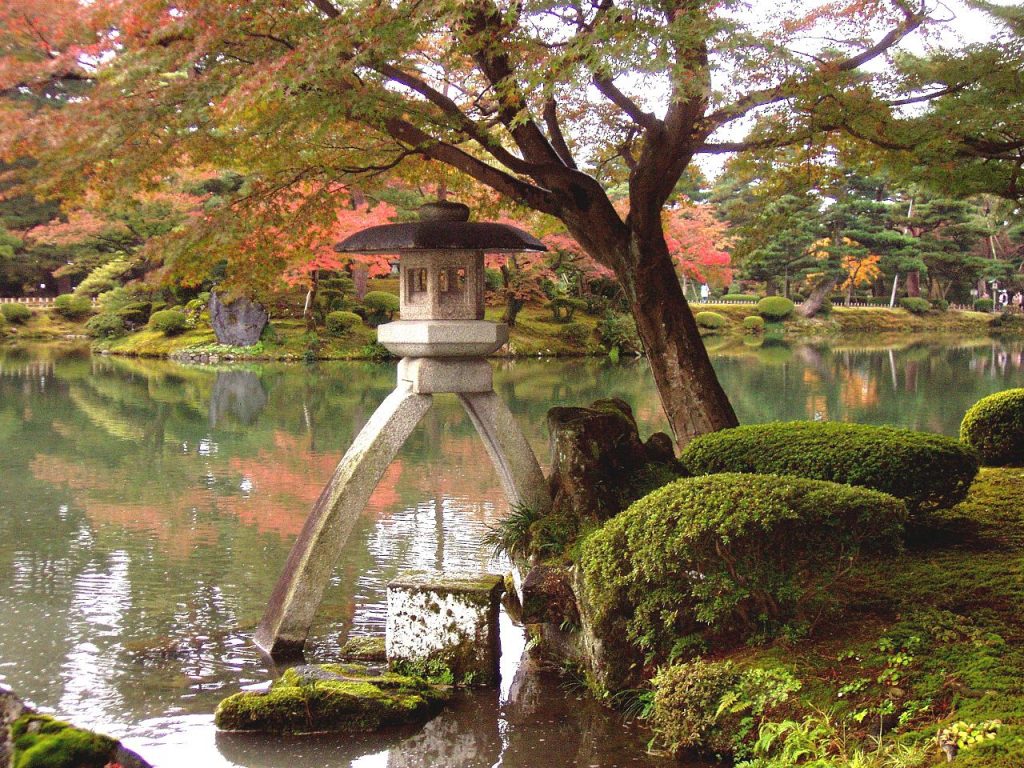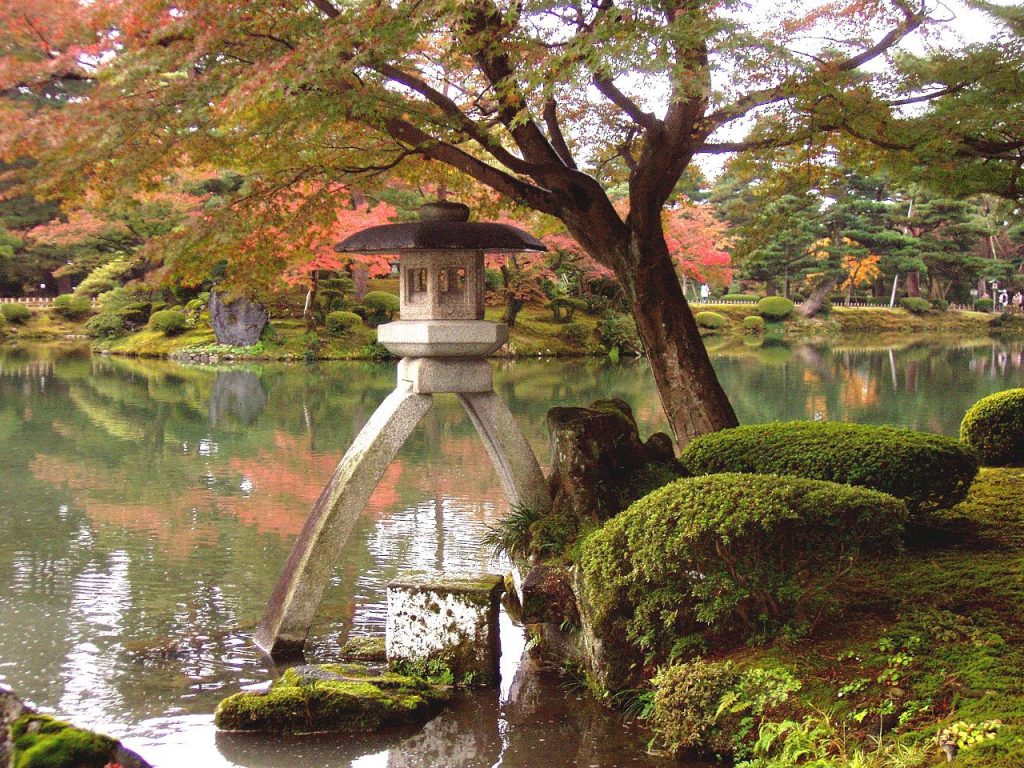Kanazawa has grown out of its previous status as one of Japan’s best under-the-radar destinations and is now a must-hit stop for arts, crafts, culture, food and history. This ‘Little Kyoto’ located just three hours by bullet train from Tokyo and Osaka also serves as the gateway to the Noto Peninsula’s scenic seacoast. Here are the best things to do in Kanazawa, Japan.
Best Things To Do In Kanazawa, Japan
Stroll back in time in the Higashi-chaya district
An afternoon spent in the preserved Edo Period architectural district of Higashi-chaya is an unmissable Kanazawa activity. Located a 20-minute walk or just five stops on the 12 bus from Kanazawa Station (less than 15 minutes), Higashi-chaya is the largest of Kanazawa’s three preserved historic districts. The other districts are Nishi-chaya near Katamachi and Kazuemachi on the other side of the river from Higashi-chaya.
The area was established in the early 19th century as an entertainment district for aristocrats and wealthy merchants. Back then, the quaint streets were lined with chaya – sophisticated teahouses with geisha performances, drinking and games. Even in 2020, you can experience the same sights, sounds, textures, aromas and tastes, with pleasant teahouses, geisha shows, and excellent handicraft and gift shops. Coffee and tea goes for about ¥500 (£3.60), with souvenirs such as handicrafts, tea sets and Japanese sweets available at all price ranges.
Visit Kenrokuen, one of Japan’s best gardens
Kenrokuen, considered to be one of the three great gardens of Japan, is an expansive strolling garden featuring colourful flowers, winding creeks and traditional cottages and teahouses (The other two top gardens are Koraku-en in Okayama and Kairaku-en in Mito).
Kenrokuen is located right in the heart of Kanazawa – just 15 minutes via bus from Kanazawa Station and right next to Kanazawa Castle, the 21st Century Art Museum, the Ishikawa Prefectural Museum, shopping at Korinbo Tokyu Square and the bustling dining and nightlife district of Katamachi. Entry to the garden is just ¥320 (£2.30).
Take a trip to the stunning Wajima rice fields
The Senmaida Rice Terraces on the northern coast of the Noto Peninsula are one of the most scenic destinations in Japan, especially in summer when the hills turn a brilliant green. While buses run from Kanazawa Station, Nanao Station and Wakura Onsen Station, they can be infrequent and difficult to access, so we recommend booking a tour guide or private vehicle through your hotel. You can also learn about traditional rice-planting methods, and in winter, the fields are set aglow with LED lights.
21st Century Museum of Contemporary Art
This circular and light-filled museum focuses on art produced since 1980 and is heavy on installations, video and mixed-media pieces, much of it playful, energetic and thought provoking. The museum holds a variety of display spaces and function rooms and the museum is spacious enough to absorb the huge crowds that usually fill the place.
Explore Omicho Market
This market is one of my favorites in Japan. It’s less crowded and more enjoyable than Tokyo’s famous Tsukiji and more spacious than Kyoto’s Nishiki. It’s packed with stall after stall selling locally caught seafood, as well as a good selection of fruit and vegetables and other Japanese foodstuffs. And, best of all, there are plenty of restaurants in the market where you can sample some of the stuff you see on sale.
Discover Kanazawa Castle

Kanazawa Castle gazes down over the city from its raised vantage point opposite Kenroku-en gardens. Dating from the 16th century, most of the current structures were built in the 18th century after a series of devastating fires.
Over the years the castle had many purposes including a military barracks and university. It was reclaimed by the city in the 1990s after falling into disrepair. These days Kanazawa castle is undergoing faithful rebuilding works to restore it to its former glory.
It is free to explore the extensive grounds and cross the moat to the castle site. There is a small charge to access two turrets and a storehouse near the Kahoku-mon Gate.
While most major sights in the city are technically within walking distance, it’s not exactly time-efficient or easy on the feet to spend half an hour huffing it to another location. And while your first thought may be to take the train, Kanazawa isn’t very well connected within the city limits. That’s where buses come in. The bus stops and stations are well-marked in English and relatively easy to understand, so you won’t have to worry about getting lost. Plus, an all-day pass is only 500 yen.



